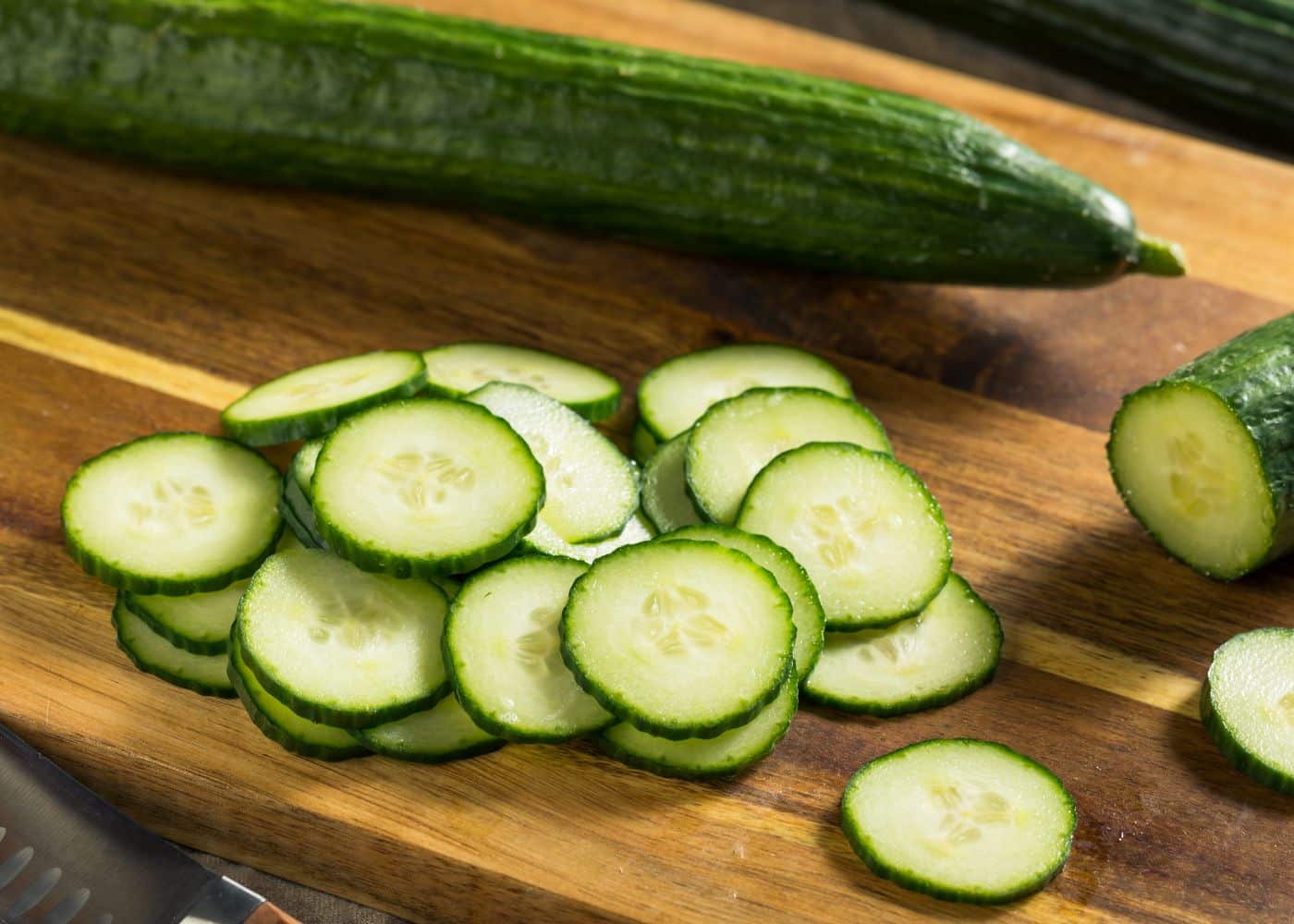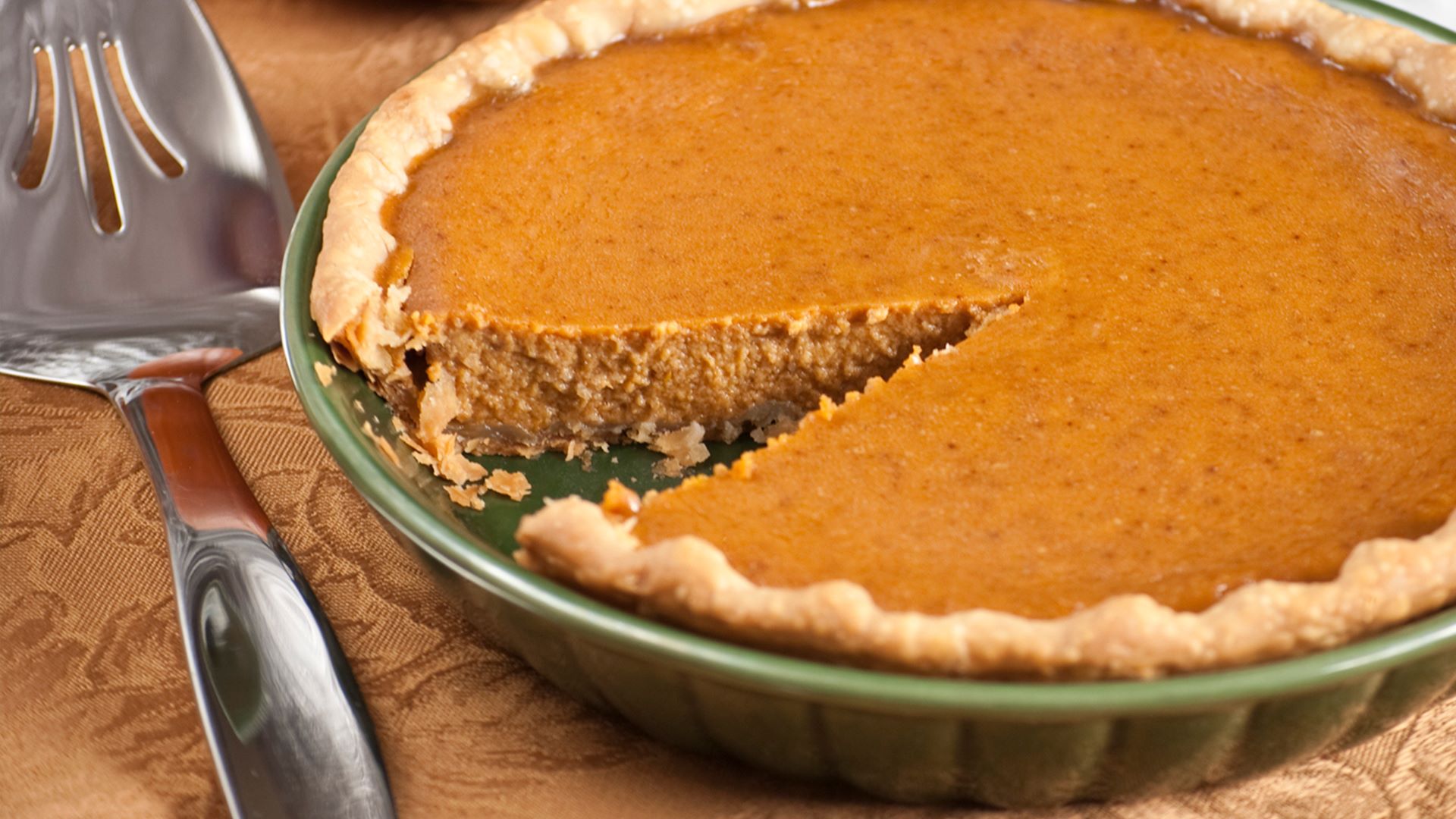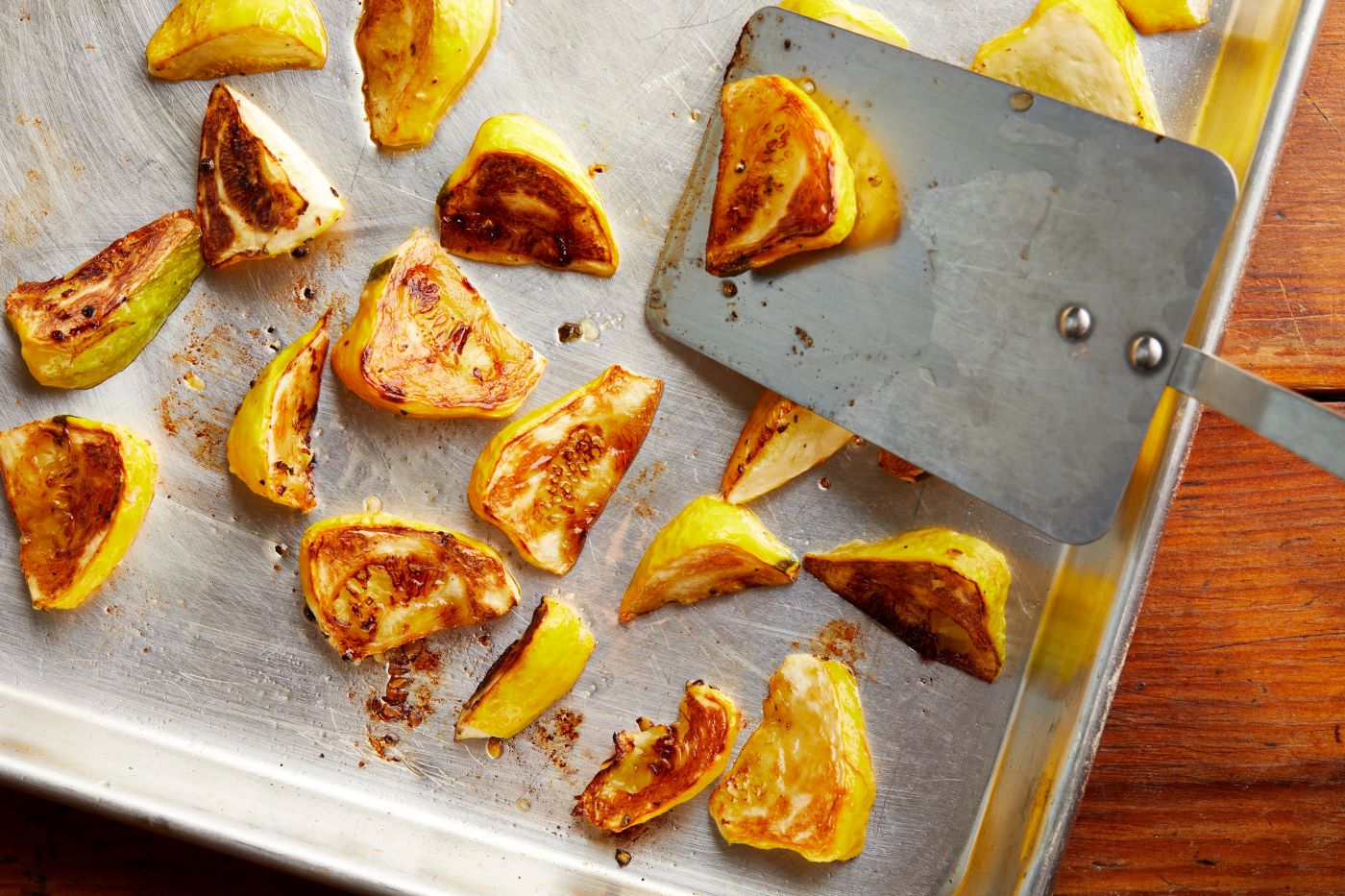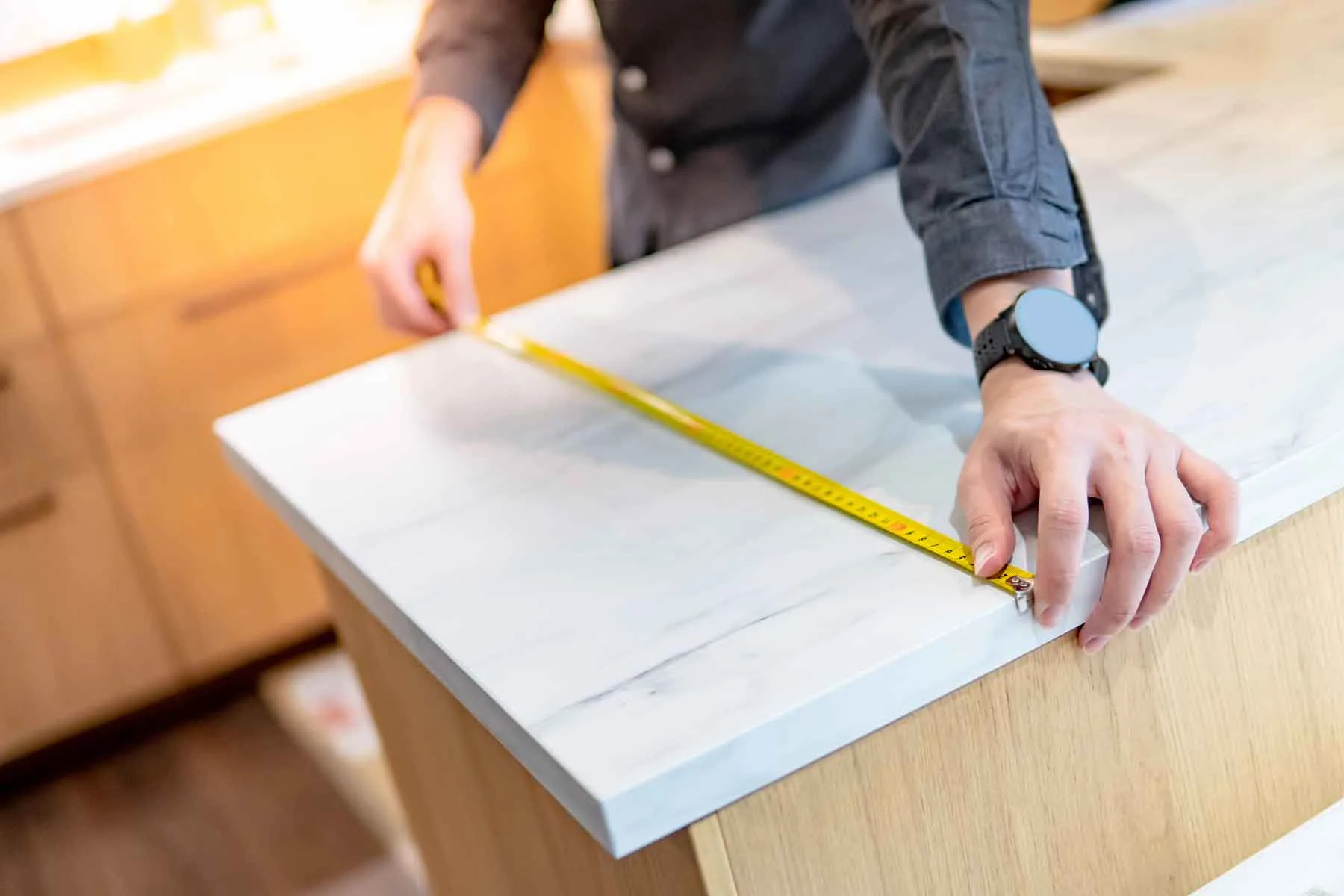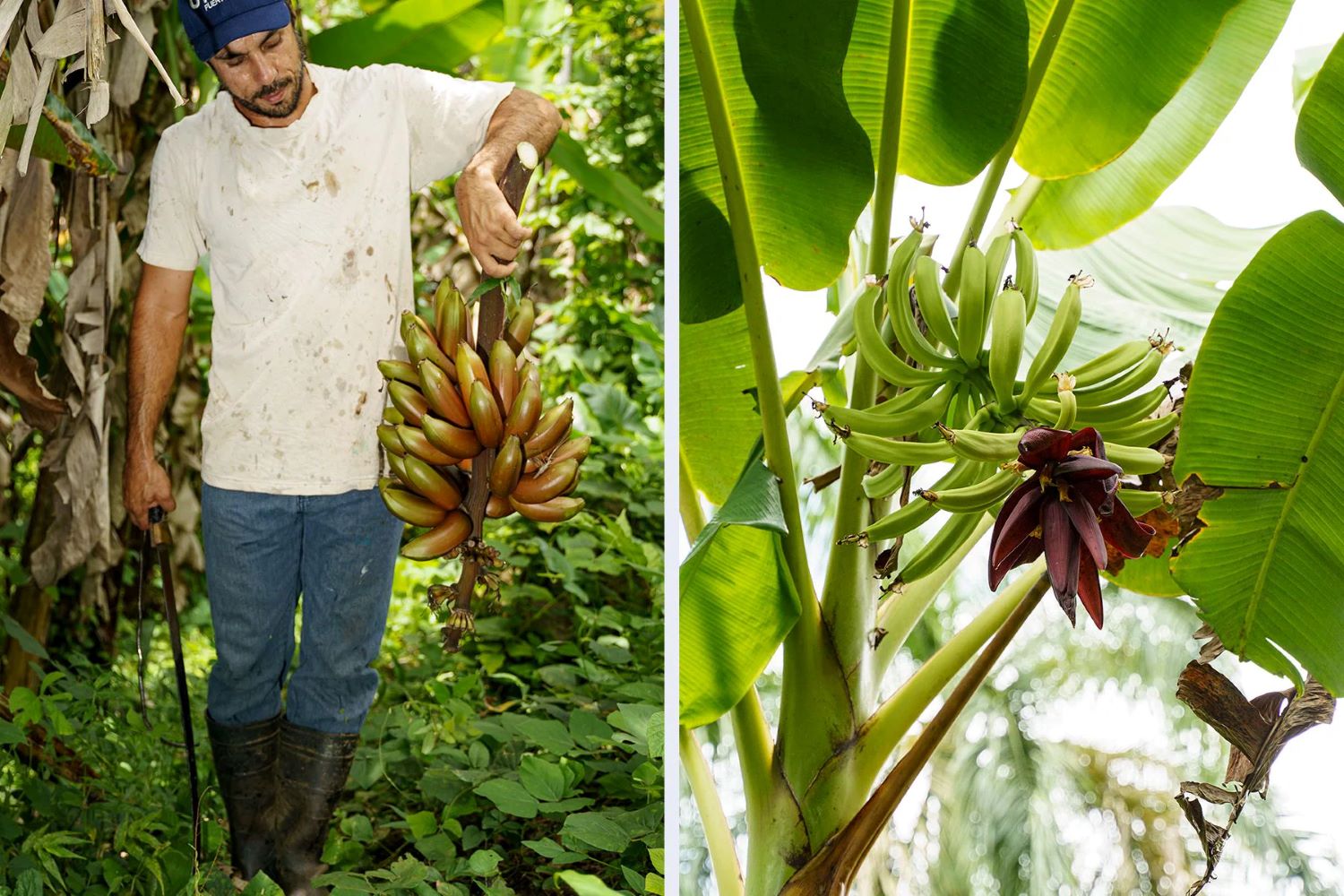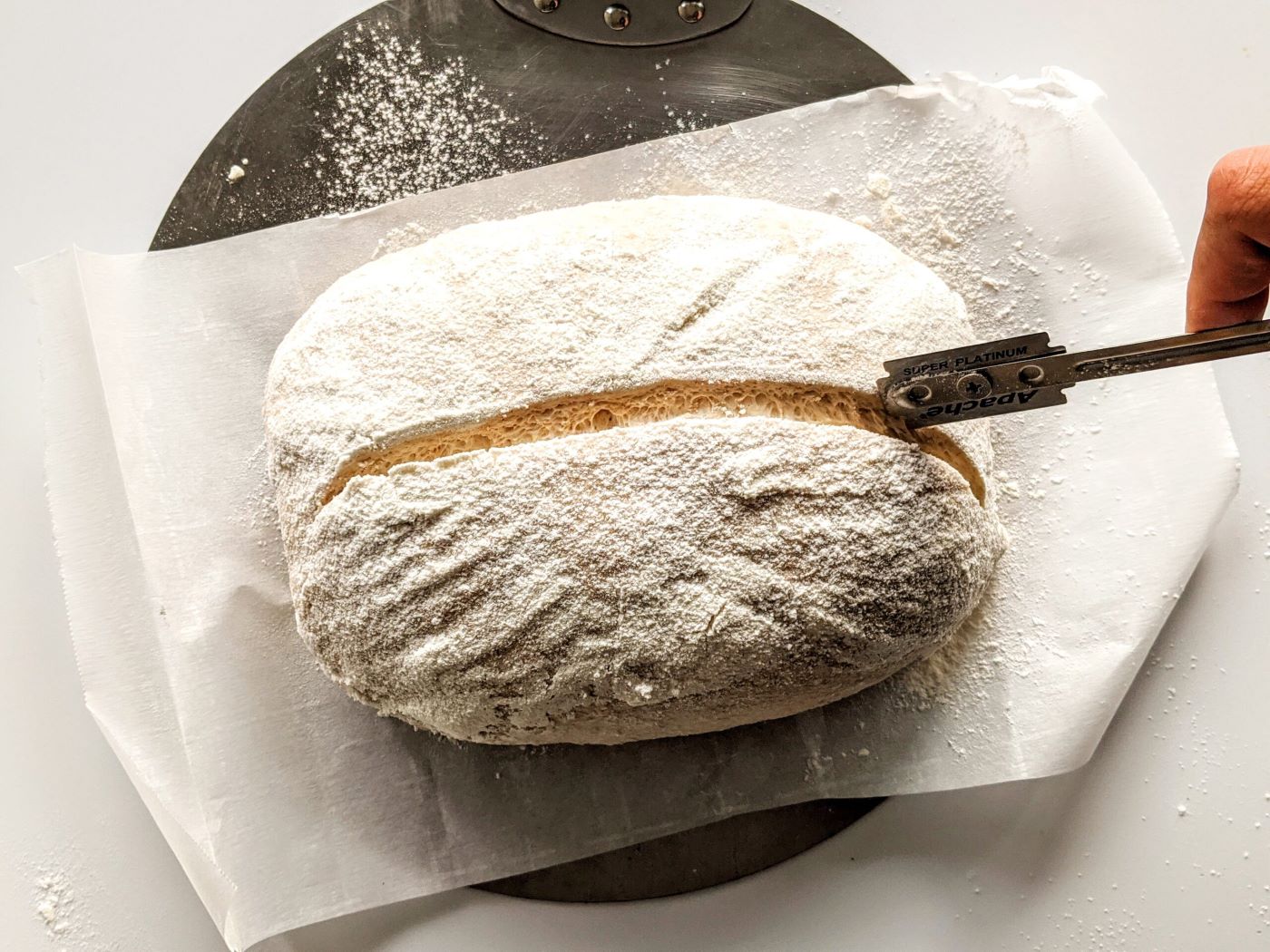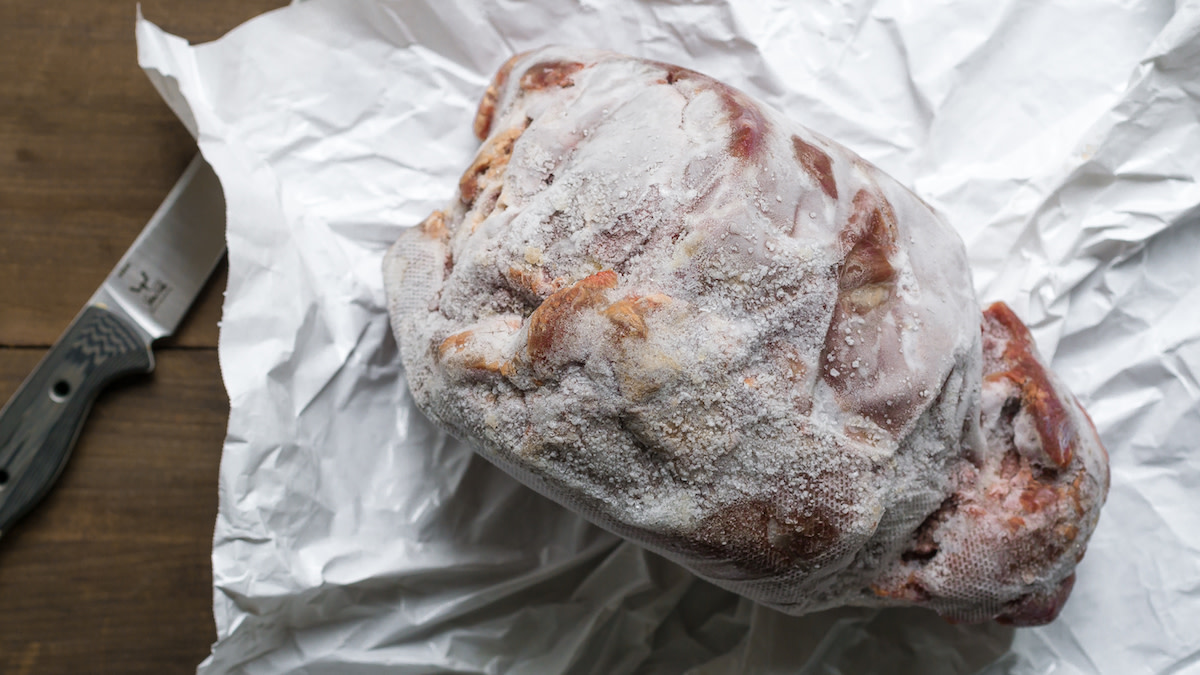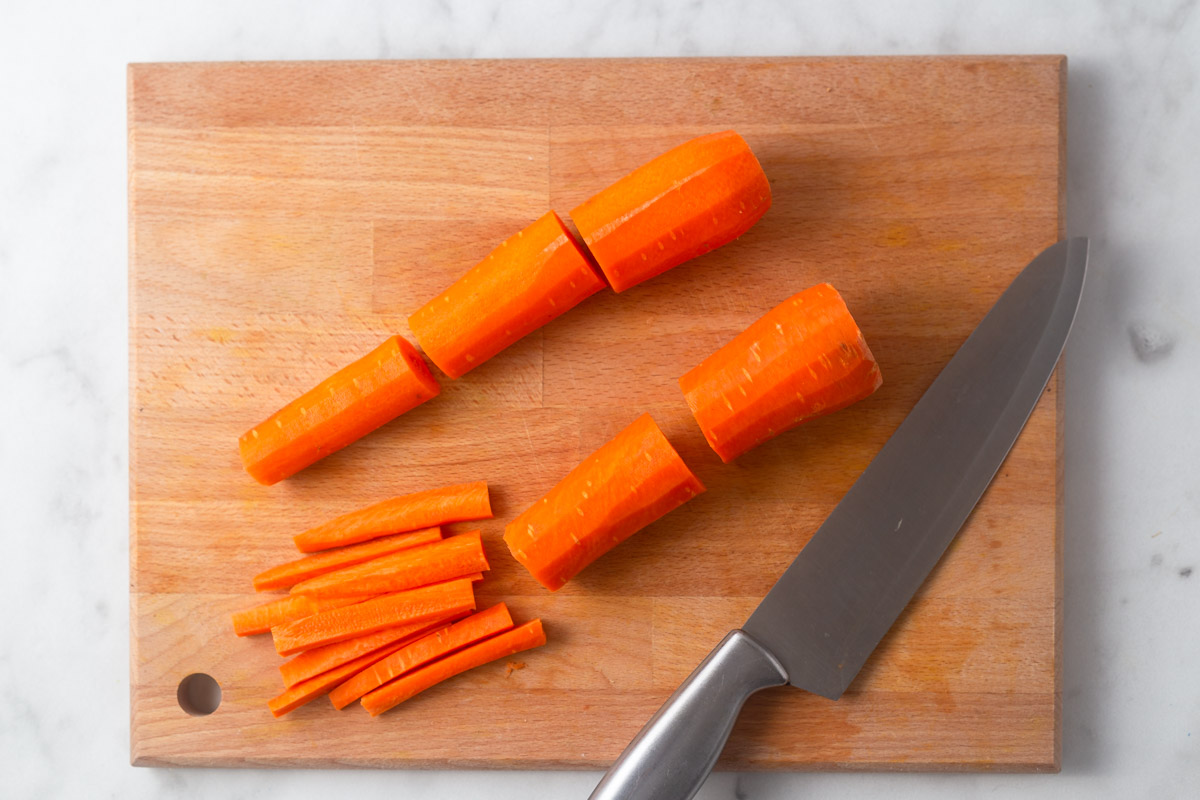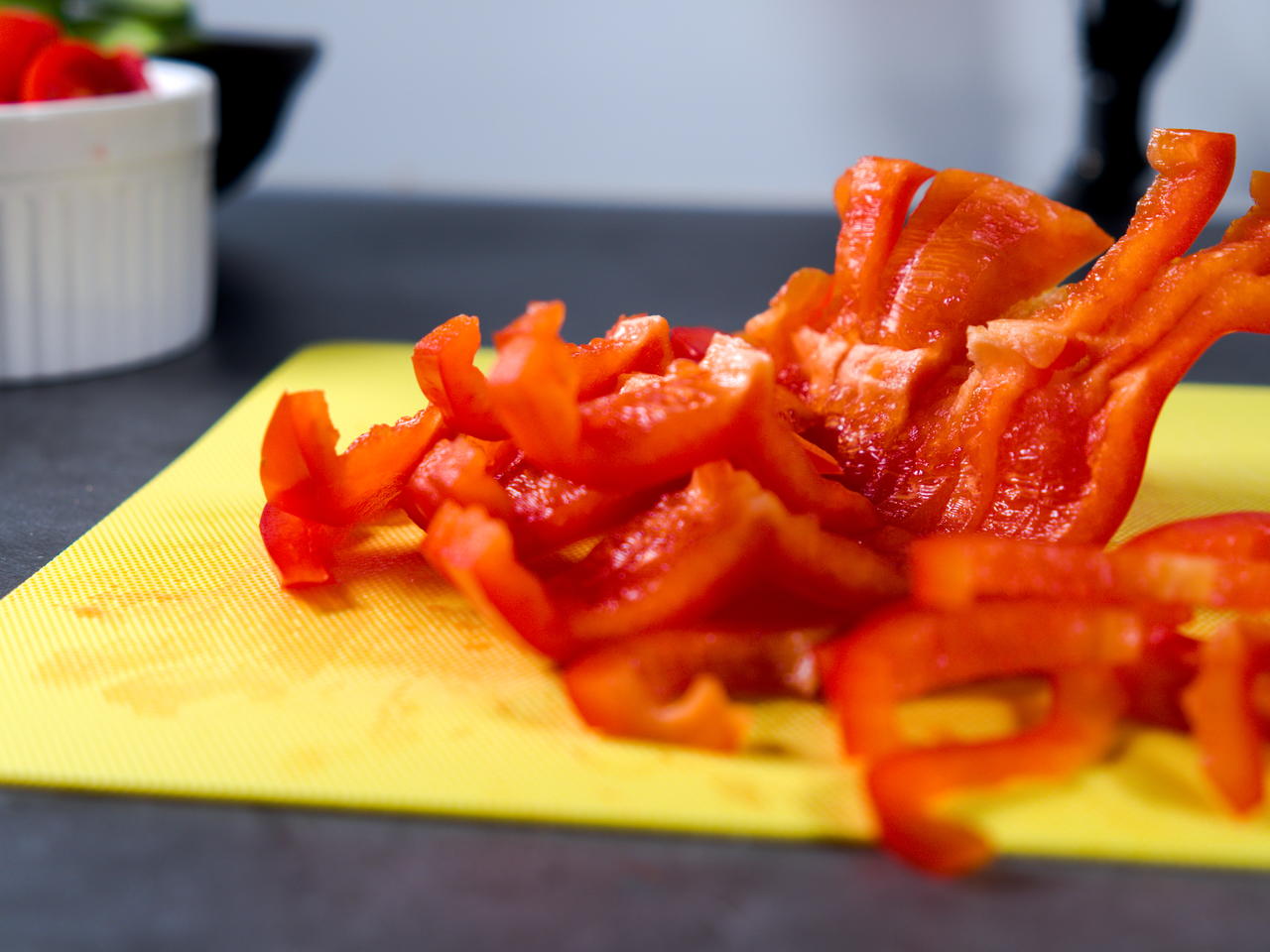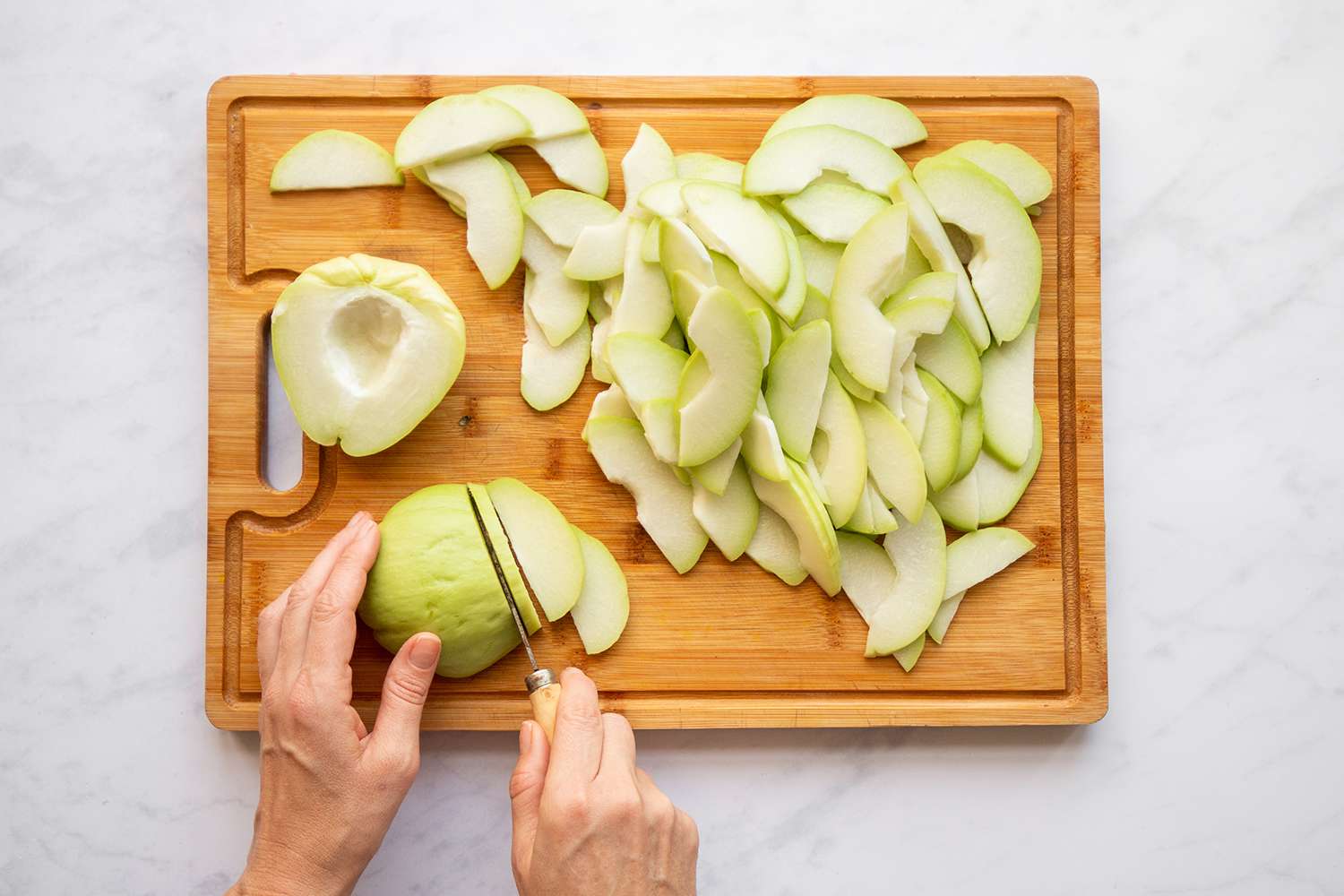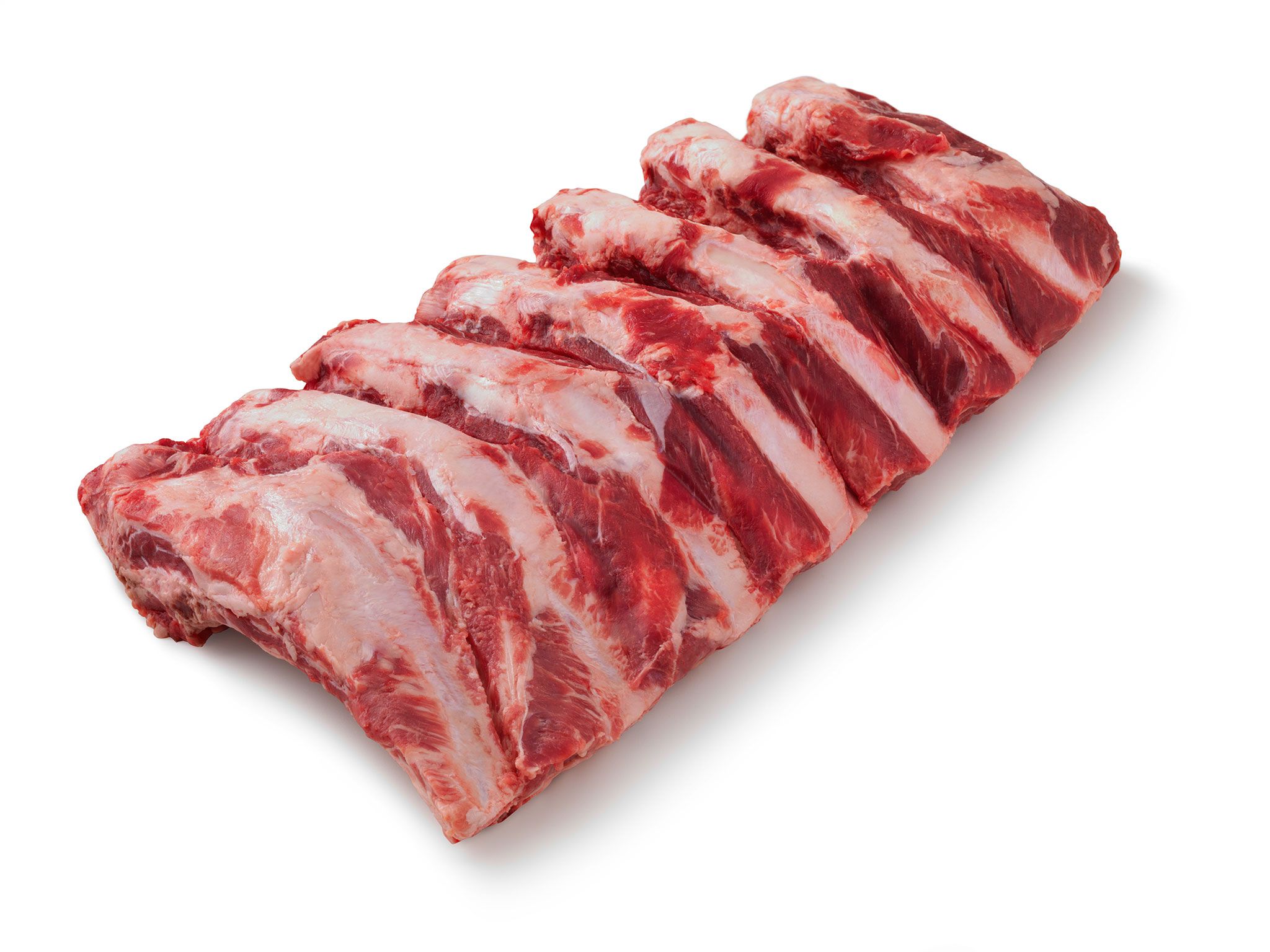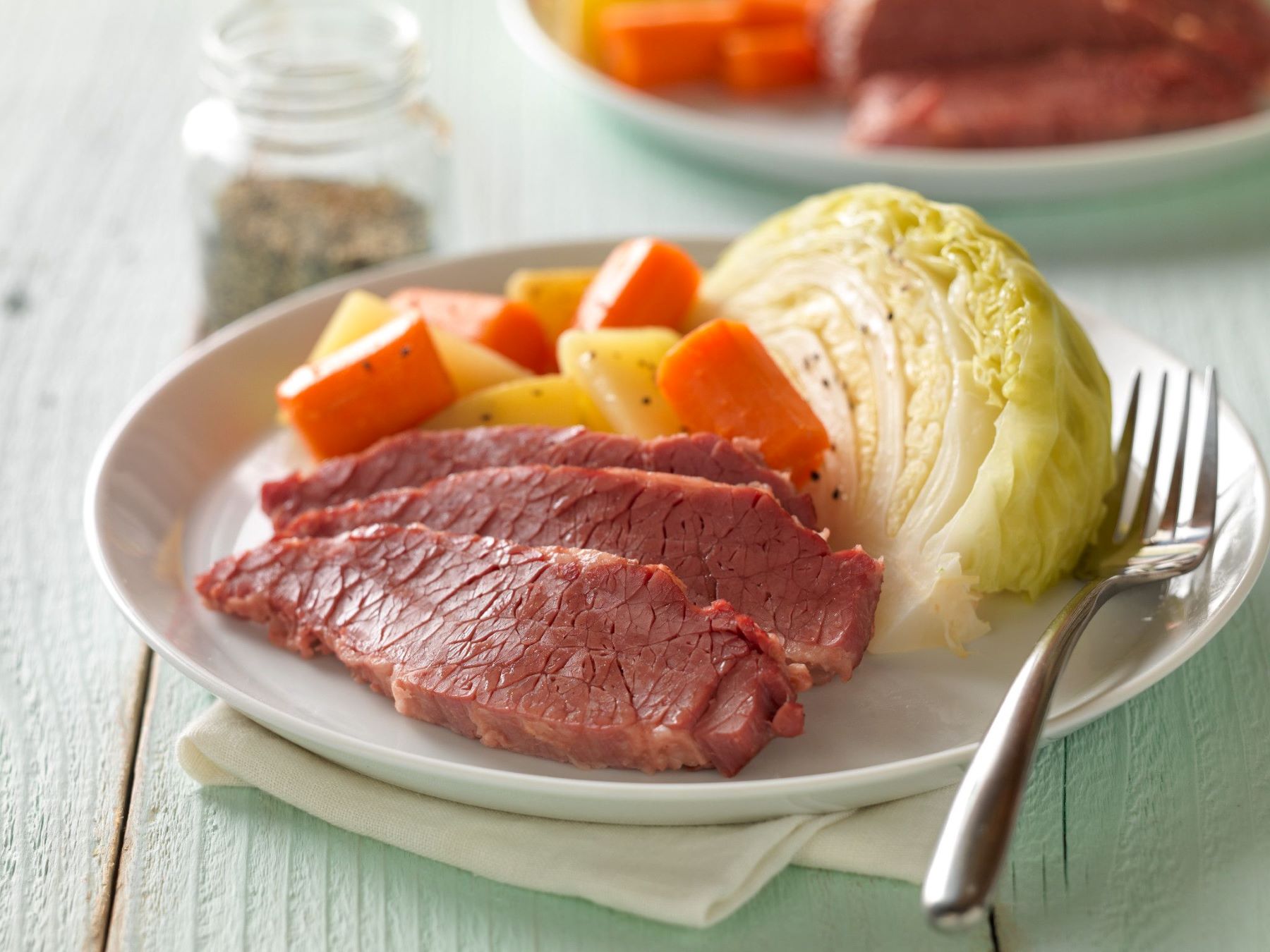How To Cut Basil Leaves For Cooking
Basil is a versatile and aromatic herb that adds a delightful flavor to a variety of dishes. Whether you’re making a homemade pasta sauce, a fresh pesto, or a refreshing summer salad, knowing how to cut basil leaves properly can make all the difference in enhancing the taste and presentation of your recipes. Follow these simple steps to master the art of cutting basil leaves for cooking.
1. Choose Fresh Basil Leaves
Start by selecting fresh basil leaves from the bunch. Look for leaves that are vibrant green with no signs of wilting or discoloration. The fresher the basil, the more intense its flavor will be.
2. Wash and Dry the Leaves
Thoroughly wash the basil leaves under cold running water to remove any dirt or impurities. Gently pat them dry with a paper towel or use a salad spinner to remove excess moisture. Dry leaves are easier to handle and prevent any water from diluting the flavor of your dishes.
3. Stack the Leaves
Stack the basil leaves together, ensuring that the larger ones are at the bottom and the smaller ones are on top. This stacking technique makes it easier to handle and cut multiple leaves at once.
4. Roll the Leaves
Starting from one end of the stack, carefully roll the basil leaves into a tight cylinder. This technique allows for precise and uniform cuts, resulting in evenly sized pieces.
5. Slice the Rolled Leaves
Using a sharp knife, steadily and gently slice the rolled basil leaves into thin strips. These strips, also known as chiffonade, create beautiful ribbons of basil that can be easily incorporated into your recipes.
6. Adjust the Cut
Depending on the recipe, you can adjust the size of the basil leaves. For a more delicate flavor, keep the slices thin. If you prefer a bolder taste, slightly increase the width of the cuts. Remember to adapt the size to suit your desired outcome.
7. Use Immediately or Store Properly
Basil is best used immediately after cutting to preserve its fresh taste and aroma. However, if you have leftovers, store them in an airtight container lined with a paper towel in the refrigerator. This will help maintain their freshness for a few days.
8. Garnish and Enjoy!
Now that you’ve mastered the art of cutting basil leaves, it’s time to unleash your culinary creativity. Garnish your favorite dishes with the aromatic basil ribbons and watch as the vibrant green color and fresh fragrance elevate your culinary creations. Whether it’s adding a final touch to a Caprese salad or enhancing the flavor of a tomato sauce, basil leaves are sure to impress.
In conclusion, mastering the technique of cutting basil leaves for cooking is an essential skill for any aspiring home chef. With these simple steps, you can unleash the full potential of this versatile herb and take your recipes to new heights. So, go ahead, grab some fresh basil leaves, and start slicing your way to deliciousness!
Was this page helpful?
Read Next: How To Cut Habanero Peppers
